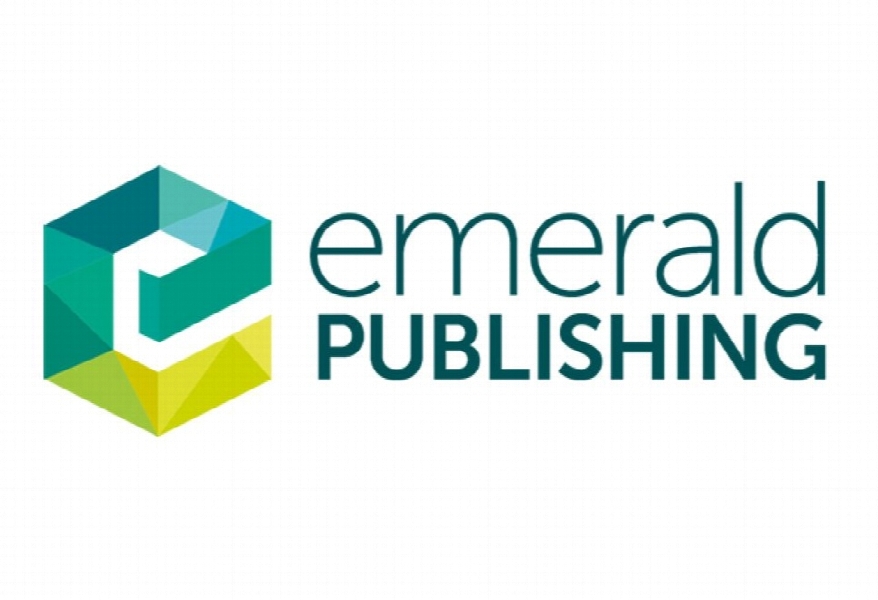چالش های انتقال مدیریت منابع انسانی در شرکت چند ملیتی: از تنش تا مناسب ترین Human resource management transfer challenges within multinational firms: From tension to best-fit
- نوع فایل : کتاب
- زبان : انگلیسی
- ناشر : Emerald
- چاپ و سال / کشور: 2018
توضیحات
رشته های مرتبط مدیریت
گرایش های مرتبط مدیریت منابع انسانی، مدیریت کسب و کار
مجله بررسی تحقیقات مدیریت – Management Research Review
دانشگاه School of Business – University of Cape Coast – Ghana
شناسه دیجیتال – doi https://doi.org/10.1108/MRR-02-2017-0038
منتشر شده در نشریه امرالد
کلمات کلیدی انگلیسی Human resource management, Host country, Multinational companies, Best-fit practices, Cross-border HRM, Dilemma theory, Home country, International HRM transfer
گرایش های مرتبط مدیریت منابع انسانی، مدیریت کسب و کار
مجله بررسی تحقیقات مدیریت – Management Research Review
دانشگاه School of Business – University of Cape Coast – Ghana
شناسه دیجیتال – doi https://doi.org/10.1108/MRR-02-2017-0038
منتشر شده در نشریه امرالد
کلمات کلیدی انگلیسی Human resource management, Host country, Multinational companies, Best-fit practices, Cross-border HRM, Dilemma theory, Home country, International HRM transfer
Description
1. Introduction Multinational companies (MNCs) have become the most significant players in world trade, with the world’s 100 largest MNCs controlling approximately 20 per cent of global foreign assets (Oppong, 2013). This suggests the important role of MNCs in global business operations. One significant practice of MNCs is the transfer of human resource management (HRM) policies and practices, which Tüselmann et al. (2015) deem as an important strand in international business. When these cross-border firms are doing business abroad they often face problems managing people, as they often find themselves in a fix with regard to whether to transfer HRM from home-country to foreign subsidiaries or to operate according to the cultural and legal demands of the host countries (Evans et al., 2002; Harzing and Ruysseveldt, 2004) that shape HRM policies of the respective subsidiaries. Thus, MNCs face one central problem – of how to respond to variety of host-country demands while maintaining a clear and consistent global business strategy, a situation dubbed local responsiveness and global integration (Bjorkman and Budhwar, 2007). According to Jackson et al. (2014), an approach to the problem is strategic HRM (SHRM). This is supported by Sparrow et al. (2006), who believe that as the traditional sources such as technology and capital are becoming less significant as sources of competitive advantage, an alternative and innovative source is the management of human resources. Oppong (2017a) describes SHRM as how HRM aligns with the strategic goals to enhance performance and to develop organisational cultures that drive flexibility and innovation. Therefore, MNCs are justified to believe that an alternative and innovative way to gain competitive advantage is to adopt consistent patterns of HRM across all subsidiaries. This central problem faced by MNCs is regarded by Lu and Bjorkman (1997) as two significant but usually contradictory pressures, and they argue that this is an active debate for scholars as regards the extent to which local subsidiaries adhere to the HRM practices of the MNC (global integration) or to adhere to those of the local firm (local responsiveness). From the findings of their study of MNCs in Singapore, Chew and Morwitz (2004) confirm that conflicting demands often arise as MNCs try to maximise their ability to respond to the needs of the host country (local responsiveness) while attempting to maintain their control over corporate structures worldwide (global integration). Termed as integration-differentiation puzzle, Kamoche (1996) had earlier written that the ability to achieve a viable balance in this situation has been greeted as a significant initiative by multinational firms. Many studies have explored the HRM transfer practices within multinational firms including more recent ones such as Chang and Smale (2013), Kang and Shen (2015), Mellahi et al. (2013) and Gomes et al. (2015). Despite the growing literature on HRM transfers, studies have focussed on either aspects of the transfer or the transfer as happens in specific homecountry and their host locations (Vo and Stanton, 2011; Tayeb, 1998; Talukder, 2011; Siebers et al., 2015). This current study therefore seeks to: explore issues and challenges (stages of the transfer process) of multinational firms as they attempt to transfer HR policies and practices across their subsidiaries; and how these challenges are managed.


